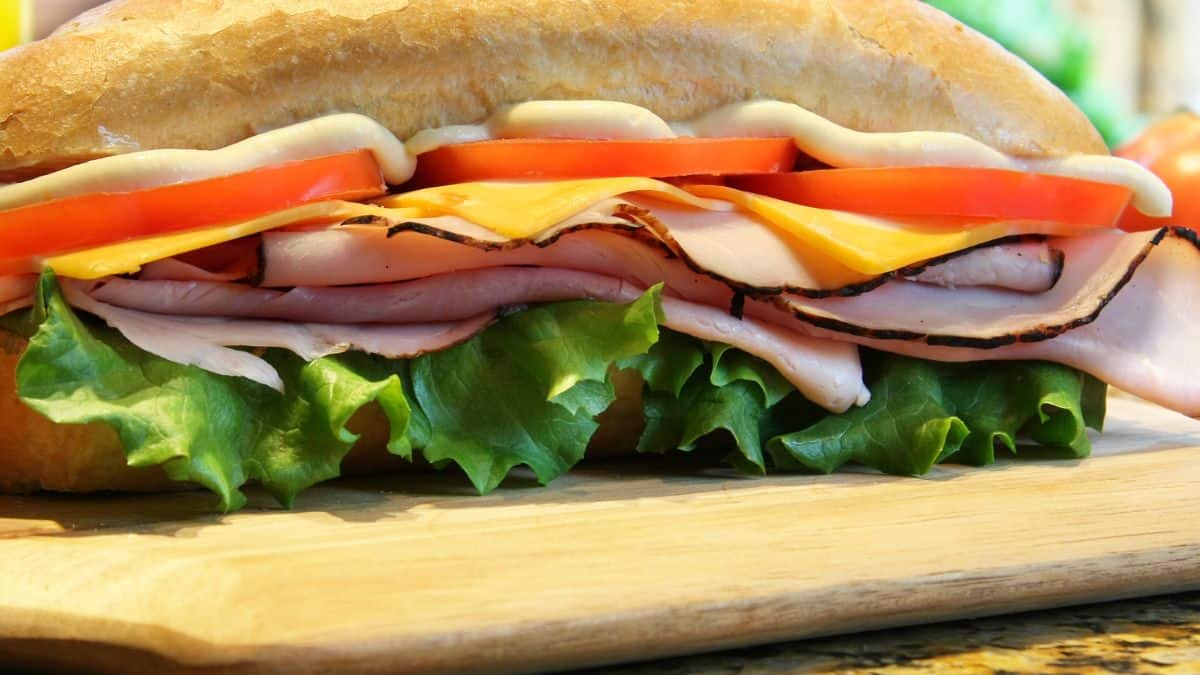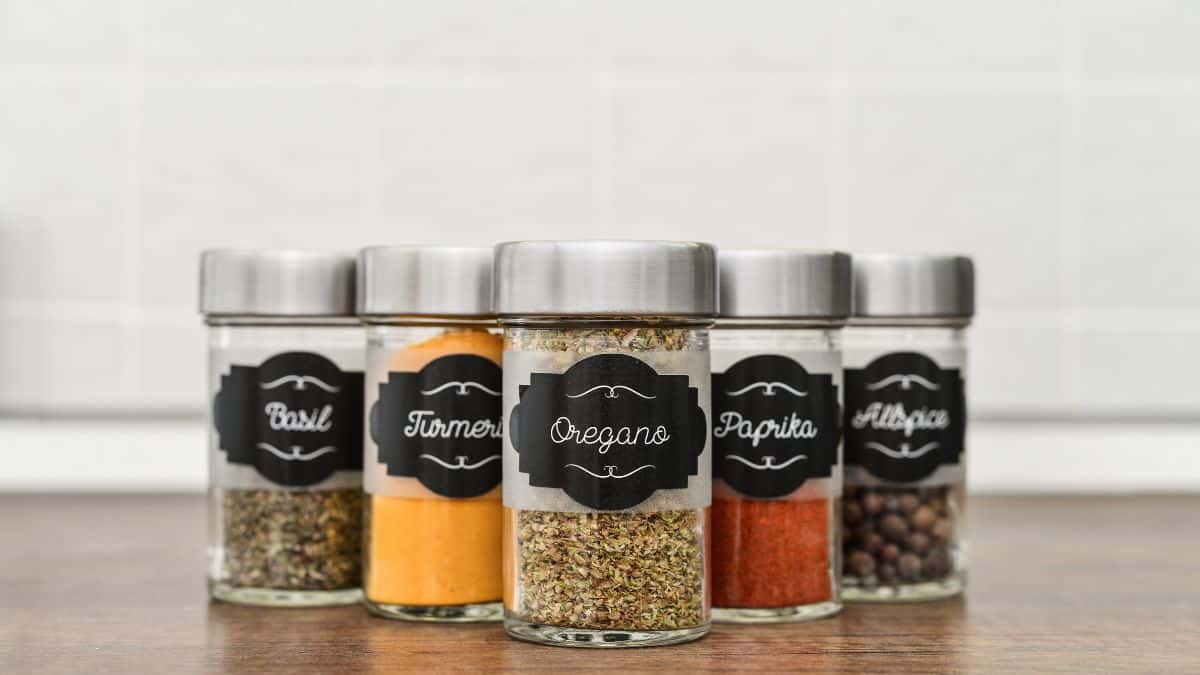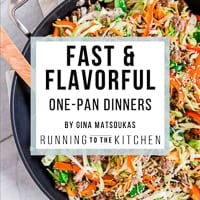If you’re celiac, you likely already know these, but if you’re just someone trying to stay away from gluten for other reasons, these sneaky foods might come as a surprise to you. Just when you thought you were dodging those pesky wheat proteins, they pop up in the most unexpected places. Gluten is often lurking where you’d least expect it so reading labels and knowing the synonyms for it is important.

Soy Sauce

Soy sauce is one of the biggest hidden sources of gluten because wheat is part of the fermentation process in most brands. That means it can sneak into stir-fries, sushi, marinades, and dipping sauces without standing out on the label. For anyone avoiding gluten, tamari is the closest substitute and works in the same way, giving you that same salty flavor without the wheat. Look for bottles specifically labeled gluten-free to make sure you’re in the clear.
Imitation Crab Meat

Imitation crab, often used in California rolls or seafood salads, is made from processed white fish that’s blended with starches and binders, and wheat flour is usually part of the mix. This makes it an easy way for gluten to sneak into meals where you least expect it. If you want to keep enjoying sushi without the extra gluten, choose rolls made with real crab or check the ingredients list closely before ordering or buying.
Salad Dressings

Store-bought salad dressings are another surprising source of gluten since many use wheat as a thickener or stabilizer. Creamy styles like ranch, Caesar, and blue cheese are more likely to contain it, but even some vinaigrettes aren’t safe. Reading the ingredient list carefully is the best way to know, and making a simple dressing at home with oil, vinegar, and herbs is an easy option that avoids the hidden wheat altogether.
Processed Meats

Gluten shows up in deli meats, hot dogs, sausages, and even some pre-packaged turkey or ham. Manufacturers often add wheat or barley as fillers, binders, or flavor enhancers, so what looks like plain meat may not be. If you want to avoid gluten here, stick to freshly sliced meats from the deli counter, or check labels for gluten-free certification before buying packaged options.
Gravy and Sauces

Gluten is a common thickener in gravies and sauces, which means flour ends up in pan drippings, jarred gravies, and restaurant sauces. It’s especially common in holiday meals or classic comfort food dishes where flour-based roux is standard. To avoid gluten but still get the right consistency, use cornstarch, arrowroot, or potato starch as alternatives when you make sauces at home.
Vegetable Broth

Packaged broths, even those labeled as vegetable-based, sometimes contain gluten. Brands may add wheat or barley as stabilizers or flavor boosters, making soups and stews unsafe if you’re trying to cut gluten. The safest option is making your own broth at home, or buying products that are clearly marked gluten-free so you know exactly what’s in the base.
Ice Cream

Gluten can appear in ice cream both through stabilizers added during production and through mix-ins like cookie dough, brownies, or cake pieces. Even “plain” flavors aren’t always guaranteed to be gluten-free unless they are specifically labeled. If you’re concerned, stick to simple flavors like vanilla, chocolate, or fruit-based varieties, and check packaging carefully for certifications or hidden ingredients.
French Fries

Fries sound like the safest bet, but they’re often coated in flour before frying to give them extra crunch. On top of that, cross-contamination in restaurant fryers can be a major problem since fries are usually cooked in the same oil as breaded foods. Asking how fries are prepared or sticking to brands with gluten-free labeling is the best way to be sure.
Spice Mixes

Pre-mixed spice packets like taco seasoning or gravy blends may use wheat flour as an anti-caking agent to prevent clumping. This makes something as simple as seasoning meat or vegetables a hidden risk for gluten. Making your own mixes at home not only avoids gluten but also gives you more control over flavor and salt levels.
Chewing Gum

Gum seems harmless, but some brands add wheat-based binders or fillers to improve texture. It’s rarely obvious, and many people wouldn’t think to check the label for gluten here. Choosing brands that are specifically labeled gluten-free ensures you don’t run into a problem with something as simple as freshening your breath.
Licorice

Traditional licorice candy almost always uses wheat flour to achieve its chewy consistency. Because it’s so common, licorice ends up being a frequent source of hidden gluten during movie nights or snack time. Switching to gluten-free licorice or choosing candies like gummies and chocolates that are naturally gluten-free can avoid the issue.
Instant Coffee

Some brands of instant coffee use gluten-based fillers or flavoring agents in the granules. This can make your quick morning cup an unexpected problem if you’re avoiding gluten. Brewing coffee from whole beans or choosing certified gluten-free instant coffee is the safest way to keep your caffeine routine worry-free.
21 Gluten-Free Breads That Don’t Taste Like Cardboard

Finding gluten-free bread that doesn’t taste like cardboard can be tough. Here are 25 amazing recipes that prove gluten-free bread can be just as tasty, if not better, than the regular stuff. Whether you’re in the mood for something sweet or savory, these recipes will make you forget you ever missed gluten.
Read it Here: 21 Gluten-Free Breads That Don’t Taste Like Cardboard
15 Popular Foods With Shocking Amounts Of Added Sugar

Ever wonder why certain foods are just so hard to resist? It’s not just your taste buds playing tricks on you—it’s actually by design. Food companies know that the more sugar they add, the more hyper-palatable their products become, meaning they’re engineered to be incredibly tasty and nearly impossible to put down. This isn’t by accident; it’s a calculated move to keep you coming back for more. These hidden sugars make everyday foods surprisingly addictive, turning what you think is a healthy choice into a sugar-loaded snack that’s hard to quit.
Read it Here: 15 Popular Foods With Shocking Amounts Of Added Sugar
*Select images provided by Depositphotos.
Gina Matsoukas is an AP syndicated writer. She is the founder, photographer and recipe developer of Running to the Kitchen — a food website focused on providing healthy, wholesome recipes using fresh and seasonal ingredients. Her work has been featured in numerous media outlets both digital and print, including MSN, Huffington post, Buzzfeed, Women’s Health and Food Network.








